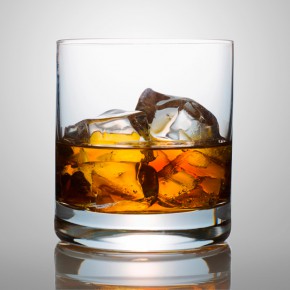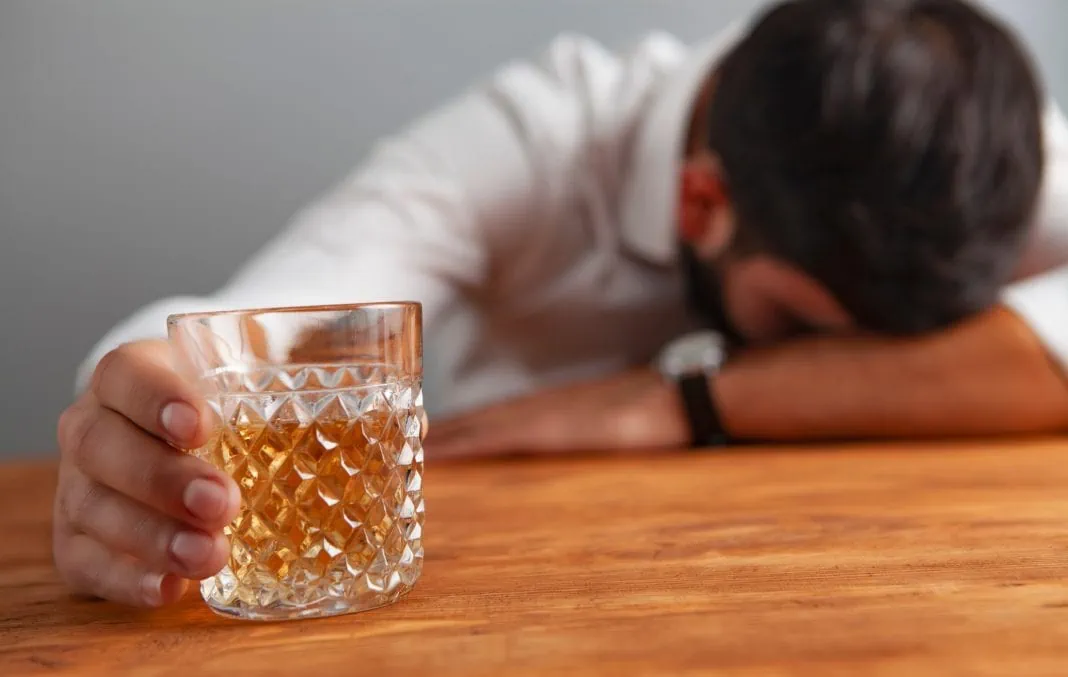One way or another, antibiotics are used on a massive scale to treat and prevent various infections. Without going into the topic of how often they are used correctly, other issues can occur when taking antibiotics, such as interaction with alcohol.
While this class of drugs can certainly interact with other substances, alcohol is hazardous since it is consumed, at least occasionally, by the vast majority of the world’s adult population.

How do antibiotics interact with alcohol?
Antibiotics reach their target (organ, tissue…etc.) by traveling through the bloodstream. After that, the drugs wear off as enzymes metabolize them. Alcohol needs the same enzymes to be metabolized. When both are ingested, the organism must split those enzymes between these two substances, prolonging the period the antibiotic will remain available and making the patient more prone to the drug’s side effects. Medication side effects are usually more likely to appear and have more severe manifestations in older people, but any individual can develop them.
The enzymes responsible for metabolizing drugs can be activated by long-term alcohol consumption. This would cause the enzymes to remain in the body for several weeks even when alcohol is no longer consumed. The active enzymes would metabolize certain drugs (and antibiotics) faster, requiring the patient to take them in higher doses to work properly.
Evidently, you can always try the natural antibiotics route, but we don’t recommend it for more severe problems or infections.
Which antibiotics interact with alcohol?
Contrary to popular belief, not all antibiotics interact with alcohol. Only a few should be avoided when drinking alcohol. Some of the most frequent cases include metronidazole, tinidazole, trimethoprim-sulfamethoxazole (co-trimoxazole), furazolidone, griseofulvin, antimalarial quinacrine and linezolid. To be safe, ask your doctor or pharmacist about known interactions for any drug you must take.
The first two, metronidazole and tinidazole, are the most commonly used for various purposes, such as dental infections, vaginal infections, stomach infections, fungating tumors, leg ulcers, and pressure sores.

Both these antibiotics alter the way alcohol is metabolized and can cause a series of symptoms such as nausea, vomiting, headaches, irregular heartbeat, shortness of breath, and skin flushes. While different kinds of antibiotics (such as the ones mentioned above) can interact with alcohol differently, the adverse effects are surely unpleasant. It is recommended that you do not consume any alcohol during treatment with metronidazole or tinidazole and for 72 hours after the treatment ends.
Let’s not forget that antibiotics have side effects even without consuming alcohol, but when the combination is present, these effects can be worsened. Also, you don’t have to pour a glass of whisky to consume alcohol. Alcohol-based mouthwashes, liquor-filled chocolates, herbal tinctures, and many other products contain alcohol. So, during an antibiotic treatment, ensure you know its interactions and be very careful what you drink or eat.
